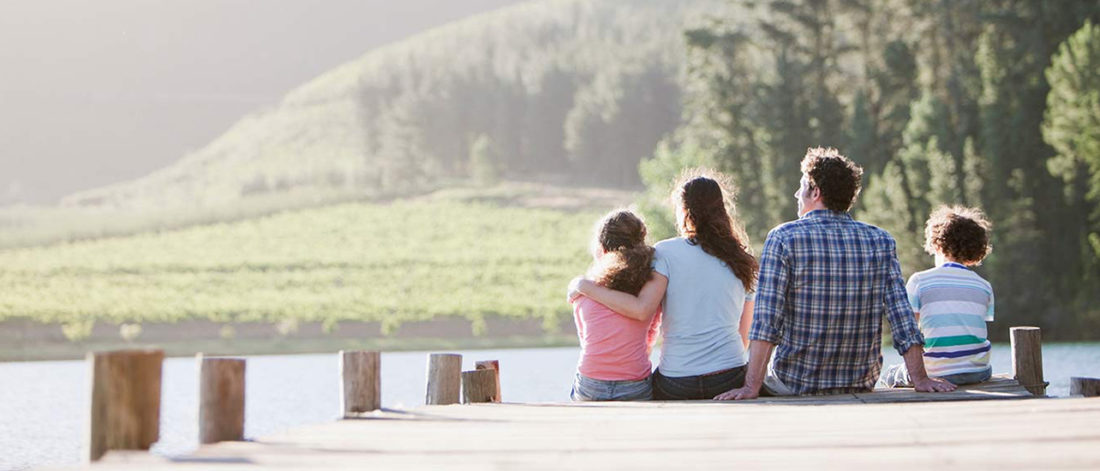The Victoria Community Health Co-operative is currently offering Nursing services based on a Community Health Centre model. Services are available at no cost with a BC MSP card. Our nurses are able to assist you by providing a nursing assessment and recommendations. We provide navigation services to assist you to connect with other healthcare providers as required. In keeping with the principle of community well-being, we offer wellness sessions on a regular basis. An Immunization Clinic for flu and COVID takes place on December 5 from 1 – 4 pm. We are located in Cook Street Village at #200-1075 Pendergast Street. Contact us or visit our website to find out more.
Help is Available
December can be a challenging month at the best of times. Online gambling and sports betting have gained incredible popularity recently. Vulnerable people can be at an increased risk of developing gambling issues when combined with the financial and emotional stress the holiday season can bring. If gambling which was once a light-hearted and fun activity has become a coping mechanism for emotional and/or financial relief, reach out to VI Gaming Support. We are available by phone, text, email, social media (Facebook & Instagram) or online on our website. Our toll-free support line is open 24/7. You are not alone.
Supporting Seniors in Their Home
While walkers and wheelchairs will always have their place when it comes to safety, have you considered adding a little technology to your routine? Like blood sugar monitors that you wear, plug in smoke alarms that turn off the stove automatically or pill dispensers that remind you to take your medication. The future is here, and we can help! Comfort Keepers thinks outside the box when it comes to Seniors Safety and we can help you! We are available for an in-home assessment for care with an eye on your safety.
Laughter is the Best Medicine
You know you’re getting old when Santa starts looking younger!
Laughter is the Best Medicine
Q: What’s a parent’s favourite Christmas carol? A: Silent night!
As Winter Comes
Most everyone on the West Coast knows, November brings with it more rain and overcast skies. Many people experience an effect on their mood during this time, which can certainly make things more difficult. Seasonal Affective Disorder (SAD) is a known phenomenon, where the winter weather affects moods and outlook on life. A couple strategies to help overcome these “winter blues” is to continue with those all-important self-care strategies of enjoyable activities, and the regular use of a full-spectrum light of some sort throughout your day! Fight back against the dreary with light!
Socks with Comfortable Compression
Are you moving enough during the day? If you spend a lot of time sitting, your calf muscles which usually help pump blood through your veins do very little. This can cause swelling and blood to pool in the lower legs. Standing all day can have the same effect. Walking is a great exercise to help the calf muscles do their job. Socks with compression squeeze your legs to move blood up your leg whether you are sitting or standing. Voxx Knee Highs offer gentle compression, are comfortable to wear and have HPT to help with pain, balance and stability.
Gambling Awareness and Education
Gambling has become progressively more complex with the growth of online gambling products worldwide, including sports betting apps, websites, as well as a variety of in-person and lottery products. Vancouver Island Gaming Support (VIGS) helps navigate this emerging landscape. VIGS contracts with Gambling Support BC (GSBC) to offer education and awareness workshops to anyone in the community interested in learning more about gambling-related topics. Topics include seniors and casinos, young adults and sports betting, affected families and friends, brain chemistry and behavioural addictions and more. We also provide outreach support and counselling services at no charge. We are here to help.
Loneliness and Isolation Can Affect Senior Health
For seniors, maintaining social connections and staying in touch with loved ones not only improves quality of life, it improves health. Socially isolated seniors have a 59% greater risk of mental and physical decline than those who do not experience social isolation. Socialization has been shown to slow Alzheimer’s and Dementia patient’s decline. Having caregivers can help stem the existence of loneliness in the lives of our seniors. We enjoy conversations, daily walks, shopping, cooking and folding the laundry together. These can be moments of joy when done together in the right way. Comfort Keepers engage the human spirit.
Cracks at the Corner of Your Mouth?
Angular cheilitis is a common skin condition that causes inflammation, redness and cracking at the corners of the mouth. It can be caused by wearing old dentures that have lost their proper height. Loss of denture height leads to overclosure of the mouth, which can cause the buildup of moisture and saliva at the corners of the mouth. Factors like saliva accumulation, poorly fitted dentures or excessive lip licking can create a moist environment that contributes to this condition. To prevent angular cheilitis, it is essential to have well-designed dentures and maintain diligent oral hygiene to minimize discomfort. Checking for proper denture height can be a quick, 5-minute appointment.
Aronia Berries are Powerful Antioxidants
Today more than ever, a healthy immune system is important. According to Healthline, Aronia berries may strengthen the immune system and even counteract some infections. Aronia –grown in BC – contains powerful antioxidants that remove harmful free oxygen radicals from cells. In the spectrum of nutrition, berries rank near the top, and among berries, none are more nutritious than the Aronia berry. Research shows that in diabetics, Aronia berry juice, when taken regularly, reduced blood glucose. Aronia extracts have also reduced inflammation and improved immunity. In hard-to-treat cancers, combining Aronia with chemotherapy improved the effectiveness of conventional drugs.







